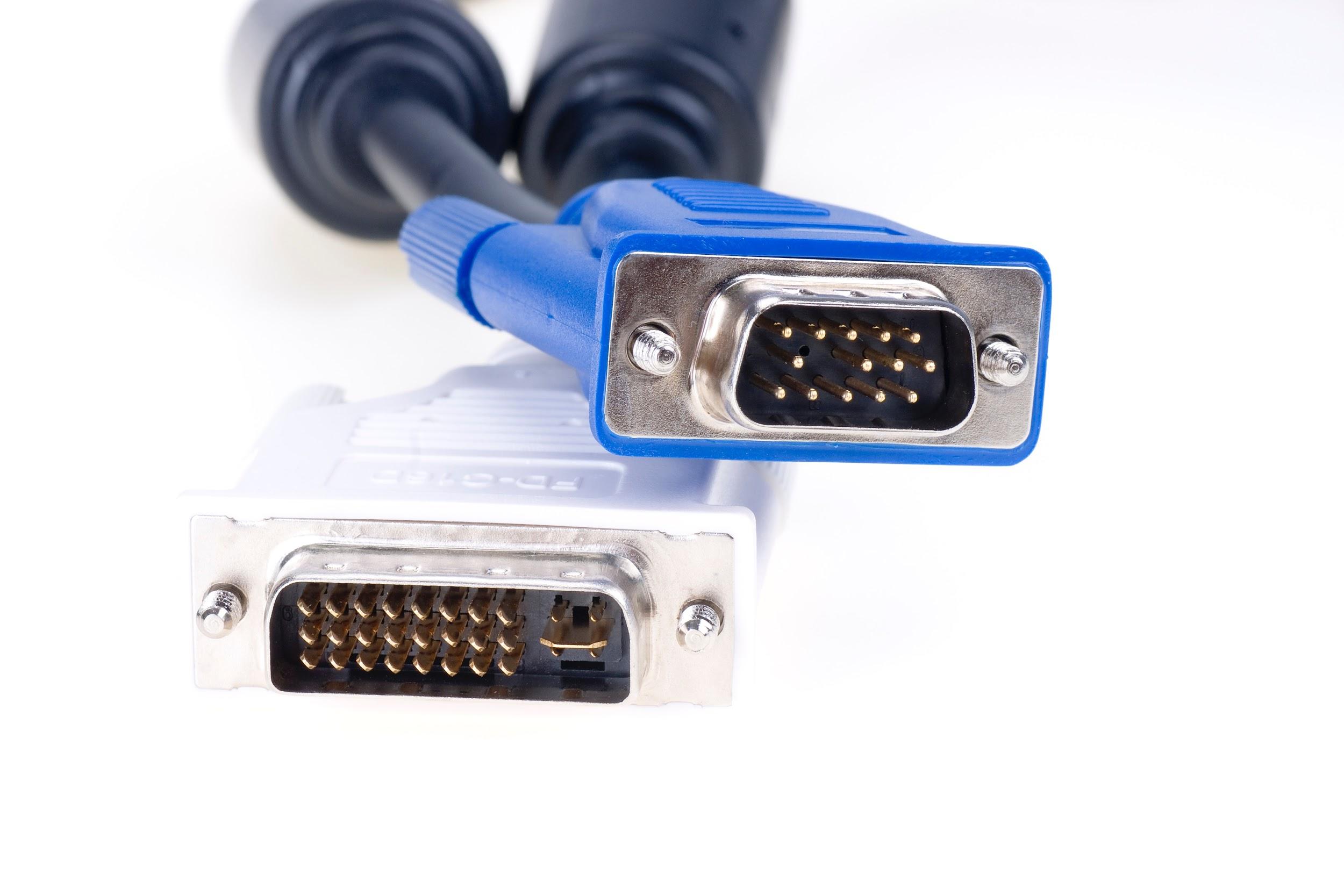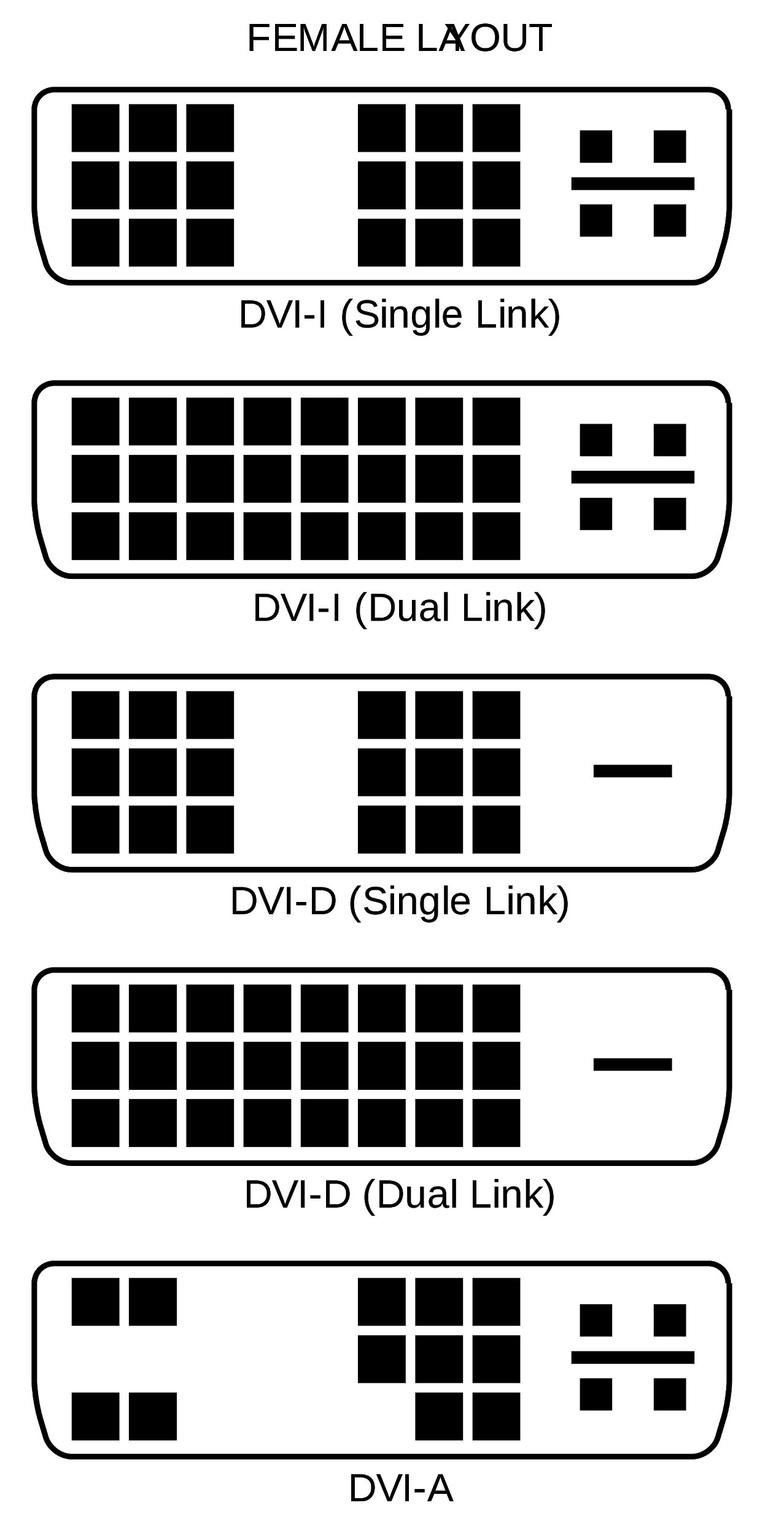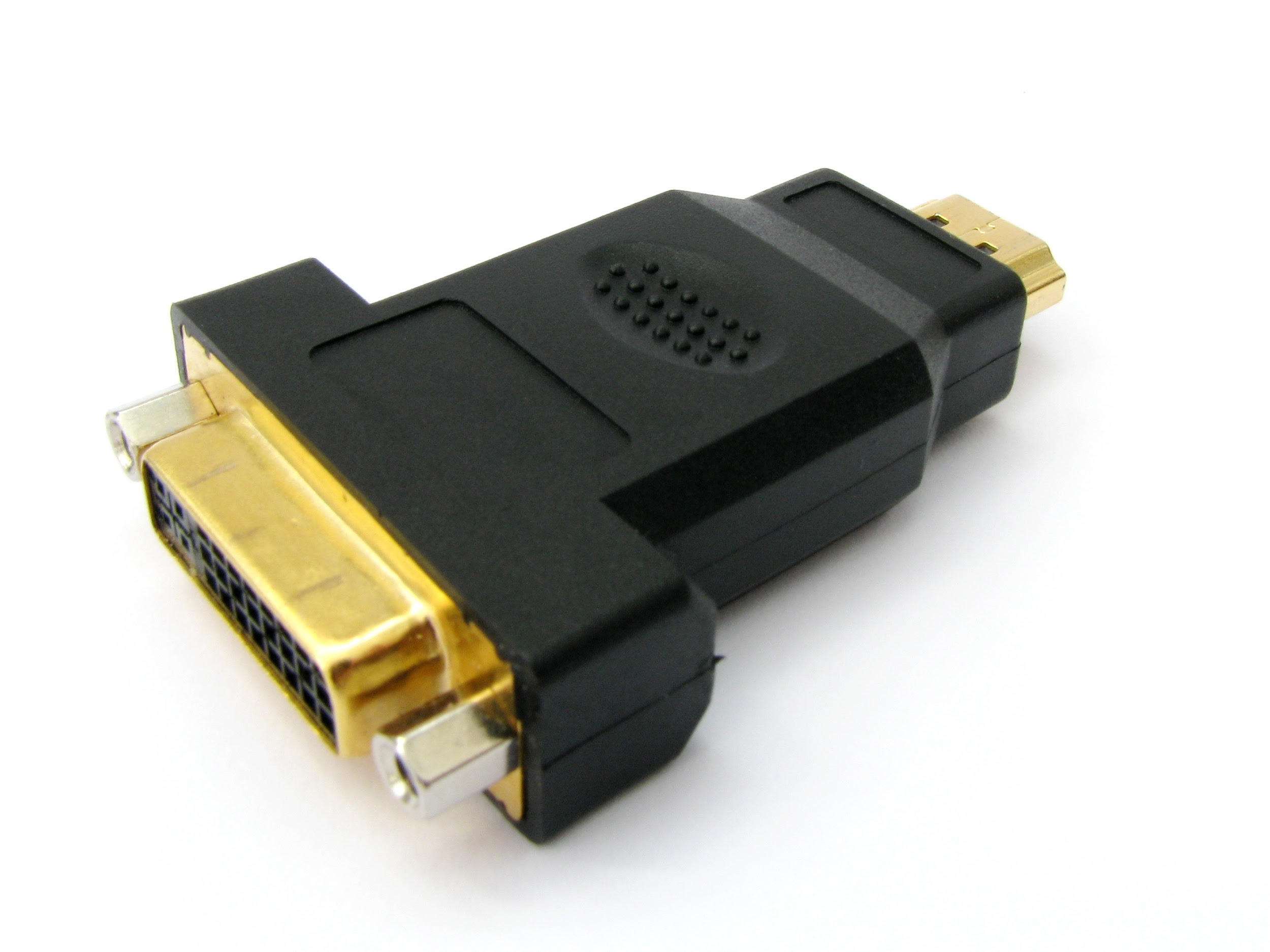Probably, with tons of cables to identify, it is somewhat challenging to know exactly which is which. Especially, if we are not that tech-savvy enough.
Today, you will get to familiarize with another type of cable. Ever heard of DVI cable? No? Or probably yes?
DVI or Digital Video Interface is a form of popular technology for video interface created to boost the quality experience of advanced video graphics cards and LCD monitors with even panels. DVI was a replacement of Plug and Display standard, and an upgrade from older flat panel’s digital-only format. DVI cables are pretty much well-known with manufacturers of video cards. Also, the majority of video cards today, include a single or dual output ports for DVI connection.
Now, when it comes to finding a good DVI cable, there are few things you need to take note. If you are ready, let’s jump right in.
Different DVI Connection Formats
Basically, there are three DVI cable connection types and these are: Digital, Analog, and Integrated. Let’s get to know each type.
- DVI-D or Real Digital Video
A type of cable used for digital connections. This connection should be between video sources and LCD monitors. This process provides users a higher-quality image compared to analog and faster because of the nature profile of digital formats. Generally, the majority of video cards transmit a digital video signal, this signal will then be changed into analog through VGA output source.
Analog signals will then be transmitted to the monitor, then it will be converted again into digital signal. The DVI-D format removes the analog signal conversion and enhances the signal relation between display and video source.
- DVI-I or Integrated Cable
A type of DVI cable that is capable of analog to analog or digital to digital signal transmission. This process makes DVI-I cable more versatile since it can be used in either analog or digital connections.
- DVI-A or High-Resolution Analog
This cable is used to support a signal coming from DVI to an analog output display. Connecting to devices that support VGA is the commonly used of DVI-A, since both carry the same type of signal. However, there is a bit of quality loss in terms of the conversion process between digital to analog. This is the exact reason why most experts recommend digital signal if possible.
Just like other formats, analog and DVI digital formats cannot be interchanged. This basically means that DVI-D cables will not support analog structure, and DVI-A will not support a digital system. For you to successfully connect an analog signal to a digital format, you will need a converter for VGA to DVI-D display, and for DVI-D to VGA display.
Identifying a DVI Cable
One of the most important things to consider when choosing a good DVI cable is the analog support. Take note of the receptacles on your electronic devices to identify if they support four pins throughout the DVI connector’s flat blade. These pins look like a surface mount pin header of a PCB.
- If four holes are present around the flat blade, then it can either be a DVI-A or DVI-I format. You need to know whether both analog and digital configurations are enabled on your DVI port. Please check your user’s guide for further information.
- A flat blade designates a supported connection of DVI-D.
Consider the Model and Specifications
The market now offers a wide variety of DVI models and specifications and people are looking for the right DVI cable suitable for their electronic devices. A DVI cable not only offers fast transfer action, but also helps users complete the connection process efficiently. You also need to consider the material of the cable and its other features.
There are a lot of small manufacturers that produce low-quality lines that do not meet the standard requirements and specifications. If you opt for cheaper DVI cables, it will lead to possible damage to other electronic devices, as well as causing safety risks that could lead to accidents.
High- Quality DVI Cables are Recommended
DVI cables that are made with high-quality materials feel very good to touch and is thick with zero scratches. Today, a lot of DVI cable brands in the market are available, and it is highly recommended you go for well-known brands. Not only it is high-quality, but it also brings efficient connection process while making sure the overall quality will not be compromised as well as the electronic devices.
After-sales Service
Now that a lot of shops are selling DVI cables, they often not carry out what you called as after-sales service — The help and information provided to customers after they have purchased a certain item or product.
And, most big and famous brands who produced DVI cables — after they are all sold from different manufacturers or stores — will still have excellent after-sales service. Hence, it is recommended that you take note of the after-sales service of a certain DVI cable brand. This is one of the essential aspects of product quality.
Choose What Suits Your Needs
With the evolution of electronic devices since the 21st century, more and more people, groups, organizations, and companies, have started using different types of devices. In line with such trend, people also become familiar with the use of DVI cables. Each one of us uses the same product for different reasons. Therefore, when buying your DVI cable, make sure it suits your needs.
Conclusion
Looking for a good DVI cable that matches your needs can be a bit challenging. But, if you have a bit of idea on what to look for, then it will be easy as 1 2 3. DVI cable is just another cable that serves its own purpose, like with the rest of cables out there — HDMI, USB, Coaxial, etc. The information provided above covers general aspects of what to consider when purchasing one. These will surely help you on your quest for a good DVI cable.


